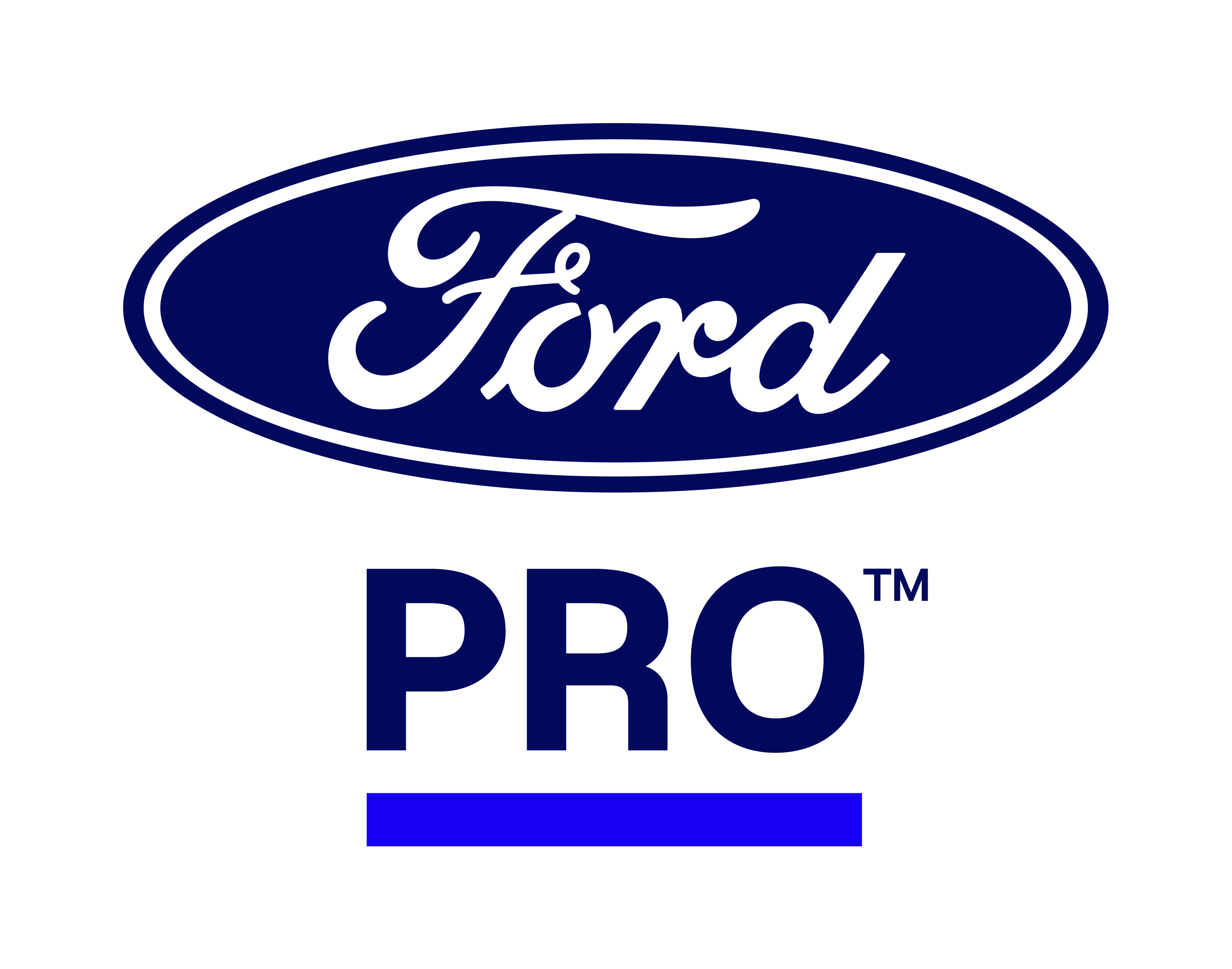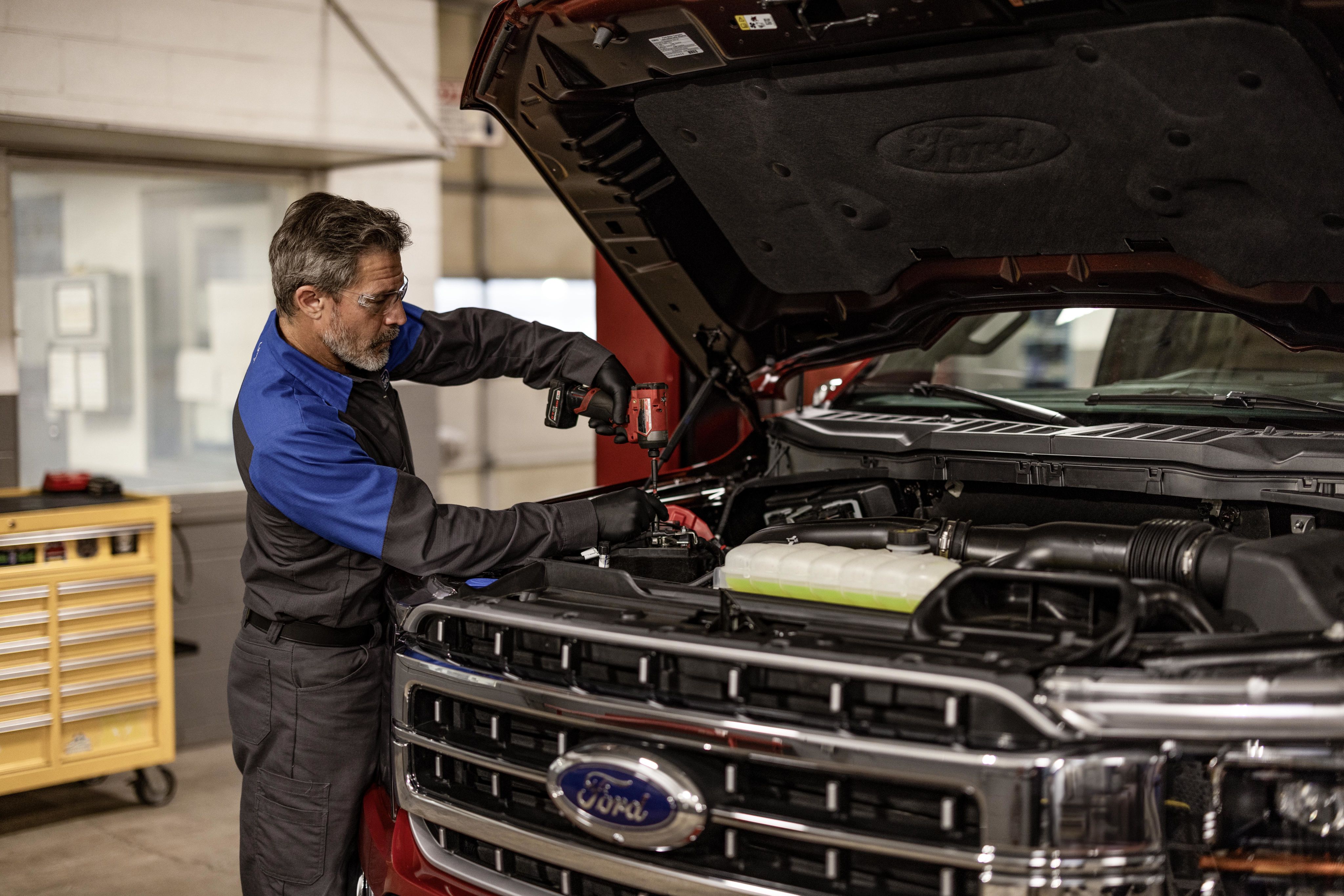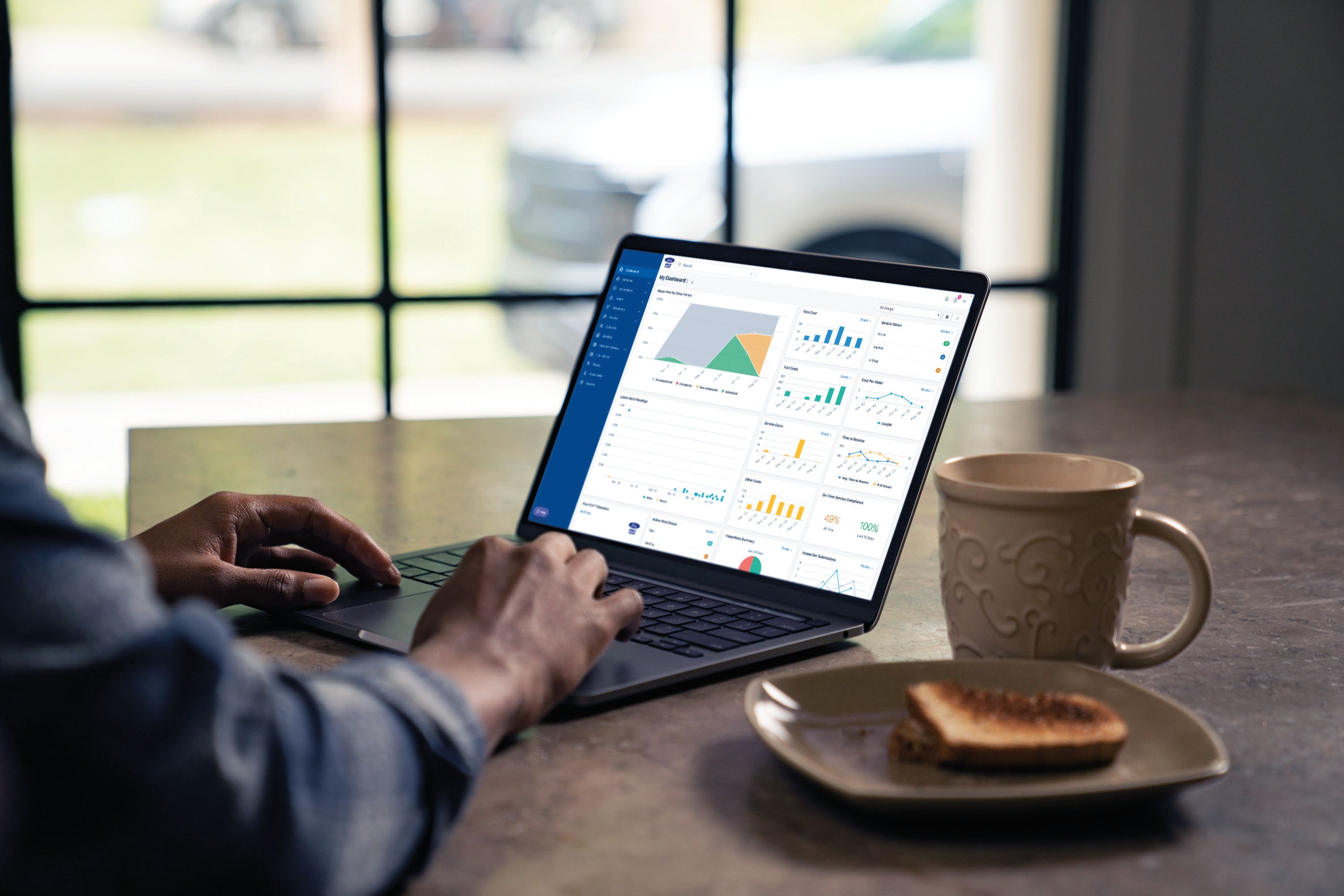How HomeTown Services Streamlined Fleet Management

Founded in 2021, Hometown Services operates as a cohort of 26 residential HVAC, plumbing, and electrical service providers with a footprint that spans the South-Central U.S. Combined, HomeTown brands operate 1,500 vehicles—including Ford Transit® vans, E-350 box trucks, and F-250® Super Duty® trucks—which are specially equipped to transport and service expensive home and business electrical equipment, such as air conditioning and heating units.
Managing a fleet of this size and diversity across such a large geographic area would be challenging for any business.
However, HomeTown faced additional complexity, as it aggregated multiple brands into the 3-year-old company.
“Our oldest brand was founded in 1961,” said Del Underwood, vice president of Purchasing and Fleet. “Even the youngest is at least 10 years old.”
As independent companies, they developed their own processes for managing a fleet—many of which were manual.
“Fleet management was happening largely without the support of software,” Underwood said. Recognizing the need to organize disparate, often paper-based systems, HomeTown Services turned to Ford Pro™ to guide them through software adoption and implementation.
"Fleet management was happening largely without the support of software."

Growing to Scale
According to Underwood, HomeTown Services buys anywhere between two and 250 vehicles a year and being able to seamlessly add vehicles to the fleet is crucial.
“If we can’t get trucks when we need them, we cease to grow,” Underwood said. So, HomeTown worked with Brian Harbison, Ford Pro™ FinSimple™ Commercial Business Development Manager, to set up a Commercial Line of Credit (CLOC).1
A CLOC1 is an agreed-upon level of credit, and once approved, fleets can easily add vehicles by applying the total amount financed for each vehicle to the existing balance. Underwood and his team work closely with Harbison to ensure they have a sufficient balance to match their fleet growth projections.
To help track vehicles post-purchase, HomeTown uses Ford Pro Fleet Management Software,2 which captures cost-related data, vehicle maintenance history and activity, and more in a convenient dashboard.
“The Fleet Management Software2 has brought a lot of organization to our business,” Underwood said. It’s also helped HomeTown employees offload time-intensive but necessary fleet management processes like licensing, registering, and titling new vehicles. “The software helps us do our jobs and make money,” he added.
“The software helps us do our jobs and make money."
Prioritizing Proactive Vehicle Maintenance
Not only does Ford Pro™ Fleet Management Software2 track vehicle maintenance history, but it also allows fleets to create and assign work orders—and then track those work orders from start to finish. This function has been particularly useful for HomeTown, as each brand completes vehicle maintenance differently.
“Some branches have in-house mechanics, some use car dealers, and others use mechanic shops,” Underwood said. Leveraging this software has allowed each brand to maintain its individuality while ensuring HomeTown has a bird’s-eye view of the fleet’s overall health.
More importantly, HomeTown has used this data to implement proactive vehicle maintenance schedules, which is critical to increasing uptime.
“In our industry, downtime is a killer,” Underwood said. “We look at a vehicle and technician as a ‘unit.’ Whenever a service unit is down, it costs us up to $12,000 per day, while the revenue losses from a down installation unit can be as high as $22,000 per day.”
Tracking Total Cost of Ownership
Nothing lasts forever and understanding when to decommission a vehicle is critically important from a business perspective.
“It might sound counterintuitive, but you don’t want to drive a vehicle until the wheels fall off,” Underwood said. “At some point, its total cost of ownership will start to rise to a point where it makes more financial sense to bring in a new vehicle.”
Because Ford Pro™ Fleet Management Software2 is designed to help fleets capture their expenses in one place, leaders like Underwood can use that data to understand the total cost of ownership.
“Having all the financial information—from fuel to vehicle maintenance to insurance—feeding into the system makes it easier to determine when it’s time to decommission vehicles,” he added.
The dynamic nature of the commercial fleet industry means businesses operating in this space must be adaptable and organized. They needn’t do it alone, though. Using the Ford Pro suite of solutions, fleets can simplify processes, increase uptime, and gain a comprehensive view of their total cost of ownership.
Sources
1Subject to credit approval, meeting eligibility requirements, and undergoing periodic reviews.
2Some software packages may require a fee and/or subscription. Terms and conditions apply. See dealer for details.


